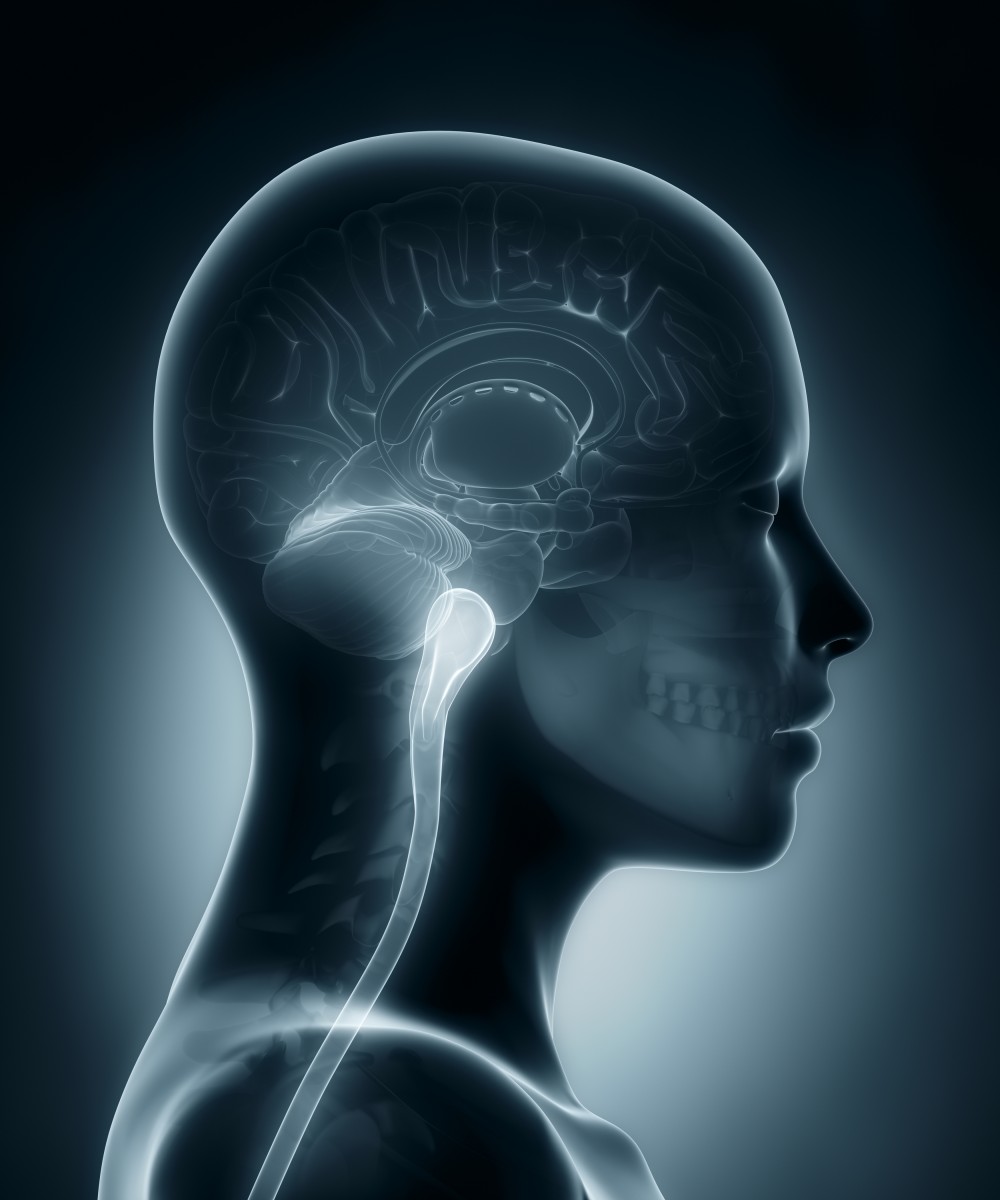MS-associated Myelitis Can Be Identified Early Through MRI Scans, Study Reports

Researchers reported that patients with myelitis who later develop multiple sclerosis (MS) might be distinguished from others with myelitis by a number of characteristics, like the location and size of spinal cord lesions, a finding that might help clinicians diagnose MS and initiate treatment at an early stage.
Myelitis, an inflammation of the spinal cord leading to demyelination of neurons, appears as a manifestation of a variety of conditions, such as demyelinating diseases of the central nervous system, systemic inflammatory disease, and infectious disease.
MS is one of the main causes of central nervous system demyelination. Patients are sometimes first diagnosed with myelitis without any apparent cause, only to receive an MS diagnosis at later stages. Since MS treatment aims to prevent progression, it is crucial to initiate treatment as soon as possible.
A research team from the Hospital Universitari Germans Trias i Pujol, Barcelona, Spain, sought to investigate if there are distinct characteristics in patients presenting with the condition who are later diagnosed with MS, compared to those who will not go on to develop the disease.
The study, “Myelitis: Differences between multiple sclerosis and other aetiologies,“ was published in the journal Neurología.
Researchers analyzed data on 91 patients who received care because of an initial myelitis episode. Data were available through the iMed database, a storage system of MS patient data. Patients in the analysis were followed for an average of seven years.
Among the 91 patients, the biggest proportion, 63 percent, were later diagnosed with MS. Other diagnoses were idiopathic transverse myelitis (24 percent), and associated systemic diseases (7 percent). Another 6 percent were grouped together under the label ‘other’ diagnoses.
The research team found that myelitis associated with MS was found in younger patients who had more widespread lesions identified by magnetic resonance imaging (MRI) of the spinal cord. They also noted differences in the size of the lesions, and the location in the spinal cord where they were found.
One of the main symptoms of myelitis is a difficulty to control bowel emptying. The team also found weak evidence that patients later diagnosed with MS had more problems with their anal sphincter, the muscle controlling the emptying of bowels.
Although the findings need to be replicated, the results point to some characteristics of myelitis patients that could potentially be used to speed up the diagnosis of MS in its early stages.






